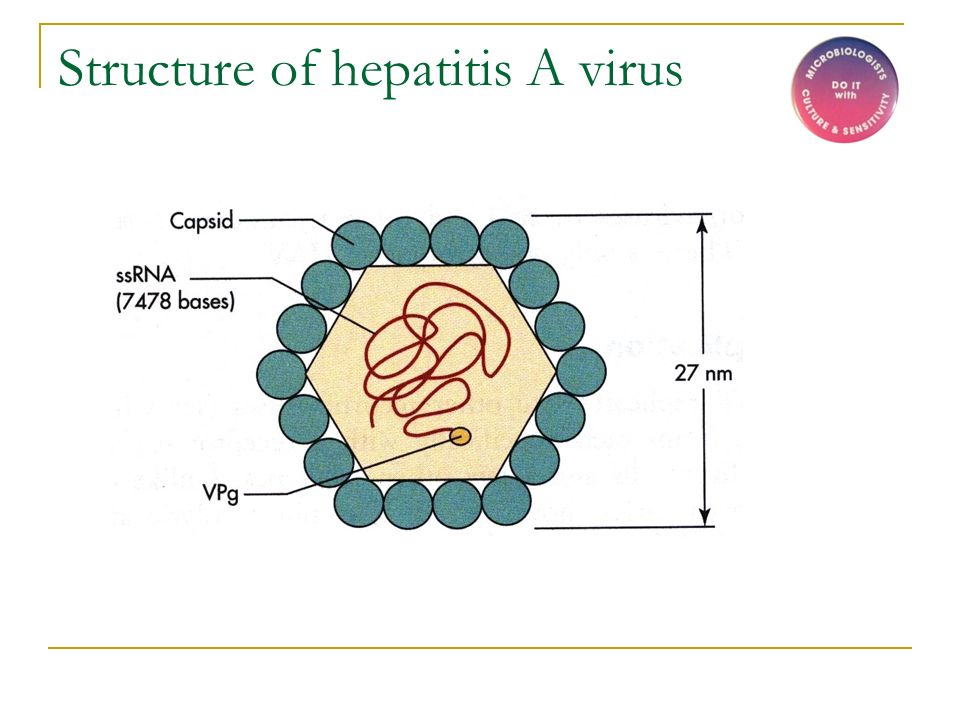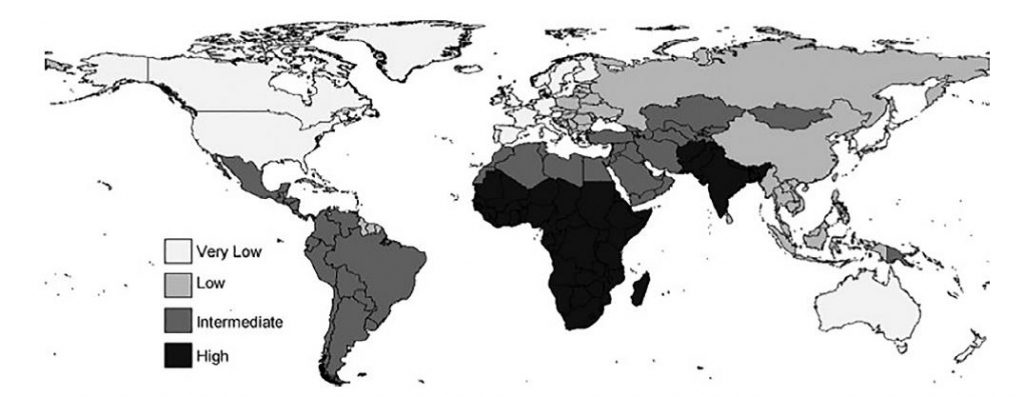Hepatitis A

The liver is one of the most important organs in the human body and plays a vital role in metabolism, excretion, digestion, osmoregulation, detoxification and more. The condition of inflammation of the liver is known as hepatitis. Hepatitis can be caused by excessive alcohol intake, medications and autoimmune reactions. However, the most common cause is viral infection.
Hepatitis A, B, C, D and E are the presently known types. Of these, the Hepatitis caused by the Hepatitis A Virus (HAV) is also known as infectious hepatitis or epidemic jaundice. It is an infectious disease which spreads mainly through the faecal-oral route, therefore, when a healthy individual ingests water or food contaminated with the faeces of an infected person. In rare cases, it is spread through close contact between family members and blood transfusion. High prevalence of HAV can be seen in regions with poor sanitation, household crowding and inadequate supply of clean drinking water.
Globally, almost 1.5 million cases of hepatitis A are reported each year but this number only reveals a part of the picture. Since almost 50% of the affected children below six years of age are asymptomatic and the rest have mild symptoms, which are often not regarded as hepatitis, the actual number of cases could be ten times the numbers reported (Franco et al., 2012). The HAV[SS1] is a non-enveloped virus which carries its genetic material as single stranded Ribonucleic acid (RNA[SS2] [73] [74] ). In 1991, it was classified as a member of the Hepatovirus genus of the Picornaviridae family. Studies on different HAV strains from around the world show that only a single serotype of the virus exists (Cuthbert, 2001).
Once inside the human body, the HAV enters the liver cells and replicates. The replication leads to a disruption of normal liver functions, an immune response initiation and subsequent inflammation. The incubation period is 2-6 weeks long, during which, the shedding of infectious viral particles in the faeces increases. This shedding reaches its peak at the onset of symptoms and gradually declines then. The initial symptoms seen can include malaise, fatigue, fever, nausea and vomiting, which can later develop into jaundice, dark cola-coloured urine and clay-coloured stools (Lemon, 1997).
The acute liver infection may last from two to six months and rarely develops into chronic infection. The severity of disease and the chances of a fatal outcome increases with age. Increasing levels of ALT, AST [SS5] and bilirubin indicates the presence of hepatic injury and can be used for a preliminary diagnosis. ALT and AST are the enzymes which are released by liver cells in response to cellular damage.
In response to the HAV, virus-specific IgM[SS6] antibodies are made and the detection of this acute-phase antibody response using ELISA[SS7] is the central focus of diagnosis. There is no specific treatment available for Hepatitis A and recovery from symptoms is the main aim of therapy.
In cases such as epidemic jaundice, the importance of prevention increases. Since 1992, safe and effective Formalin-killed whole virus vaccines have been developed to help countries control community-wide outbreaks. As of 2019, 34 countries used or are planning to introduce the vaccine against Hepatitis A in their immunisation routine (Hepatitis A, 2020.).
Children in high risk regions and travellers going to such regions should be immunised. Other than immunisation, some simple measures can help to bring the spread of the virus under control. Improvement in living standards, proper disposal of sewage, better access to clean drinking water combined with greater personal hygiene can help immensely. 28 July is celebrated world-wide as the World Hepatitis Day with the aim to increase awareness among people and educate them to better prevent future outbreaks.
References:
Franco, E., Meleleo, C., Serino, L., Sorbara, D., & Zaratti, L. (2012). Hepatitis A: Epidemiology and prevention in developing countries. World Journal of Hepatology, 4(3), 68–73.
Lemon, S. M. (1997). Type A viral hepatitis: epidemiology, diagnosis, and prevention. Clinical Chemistry, 43(8), 1494–1499.
Hepatitis A. (2020). Retrieved August 19, 2020, from https://www.who.int/news-room/fact-sheets/detail/hepatitis-a
Cuthbert, J. A. (2001). Hepatitis A: Old and New. Clinical Microbiology Reviews, 14(1), 38–58.
Pictures:
Hepatitis A distribution: Lemon, S. M., Ott, J. J., Damme, P. V., & Shouval, D. (2018). Type A viral hepatitis: A summary and update on the molecular virology, epidemiology, pathogenesis and prevention. Journal of Hepatology, 68(1), 167–184.
This article is contributed by Nazuk Gupta from the School of Life Sciences pursuing a bachelors of Science in Biotechnology with honours awarded by Northumbria University.












